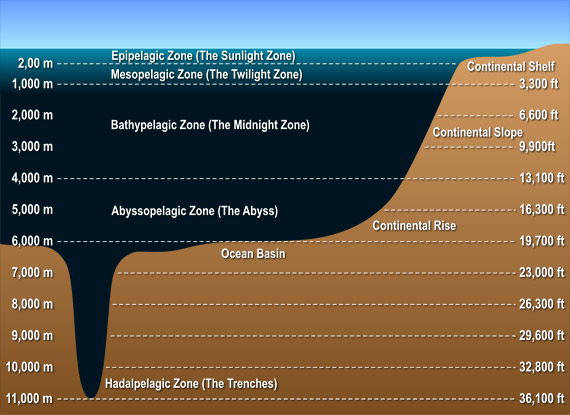First topic is why are oceans salty. The reason the oceans are salty is because a bunch of rain kept falling to the ground and dissolved minerals in rocks that created the different salts. This happened billions of years ago. The minerals that were dissolved were Chlorine, Sodium, Sulfate, Magnesium, Calcium, Potassium and other salts.

Next part of my blog is about how the Oceans formed and what are the sources. The oceans were beginning to form about 4.2 billion years ago. There are two theories of how the oceans were made. The first theory is that volcanoes continuously erupted and created a lot of gas and gas is made up of water vapor. The gas continued to form until it created the atmosphere. Then when the water vapor kept building up and created clouds. Those clouds then collected water vapor then let it go and it rained for thousands of years which finally created the oceans.
The other theory of how the oceans were formed was that asteroids and comets that fell to Earth had ice on them that melted and created the oceans.
The Sea floor is the next part of this blog. The seafloor has a lot in common with the land. It has mountains, trenches, canyons, plateaus and many other forms of land. The continental margin stretches from the land to the deep ocean. Inside of the continental margin is two more areas called the continental shelf and slope. The Continental shelf is the part of the ocean that is close to land and shallow. The continental slope is the part that goes from the continental shelf to the deep ocean.
The next part of the seafloor is the Abyssal plain. In the Abyssal plain it is smooth and flat at the deepest part of the ocean. Volcanoes grow here and create islands that go up to the surface. The Abyssal plains go from the continental margin to the mid-ocean ridge on both sides of the ocean. Trenches form at a convergent boundary. Convergent boundaries are where two plates meet and one goes under the other and is destroyed. When the other plate goes under it creates a trench. These trenches are really deep.
The last part of the seafloor is the mid-ocean ridge. The mid-ocean ridge is made up of volcanic mountains that are formed by the Earth's tectonic plates moving apart. It is directly in the middle of the ocean.

The last thing I am going to blog about is the ocean zones. The ocean is split up into five main zones. The zones are The Sunlight zone, The Twilight Zone, The Midnight Zone, The Abyss and The Trenches.
We can only see the sunlight zone from above the water.The sunlight zone streches from the begining of the contenental shelf to the beggining of the contenental slope. It is about 200 meters deep. The twighlight zone is where the sunlight barely reaches. It is about 800 meters deep. That is four times as deep as the sunlight zone. The next zone is the Mid-night zone. In this place no sunlight is seen. The Mid-night zone is almost 3,000 meters deep. The abyss is the last zone before the ocean floor. The abyss is about 2,000 meters deep. The trenches are the deepest part of the ocean. They go about 5,000 meters deep.

Click HERE to learn about the different zones of the ocean.
Click HERE to learn about the history of the ocean.
Click HERE to learn why the ocean is salty.
Bye

No comments:
Post a Comment